Fall 2019 Newsletter
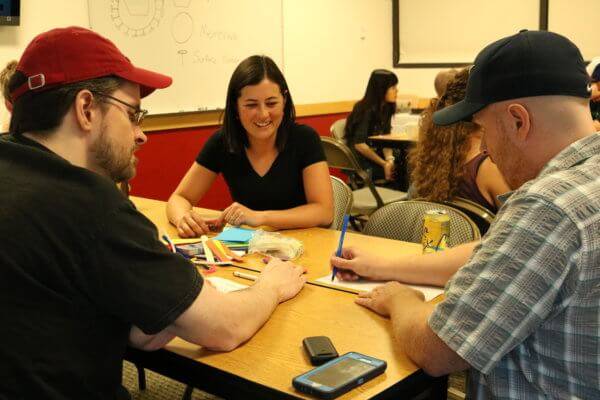
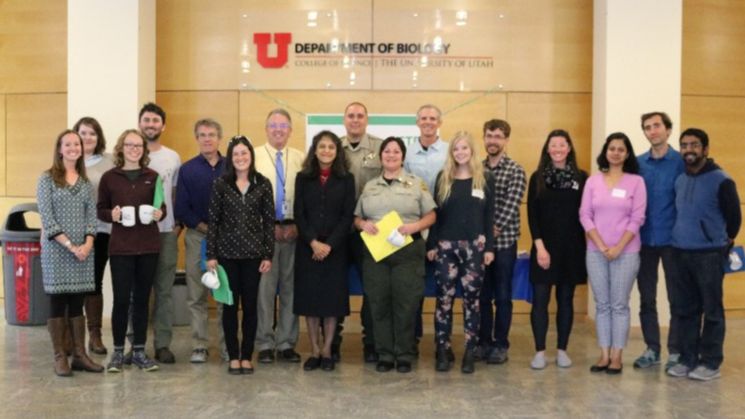
STEMAP recently received funding from the National Science Foundation (NSF) to explore avenues to grow and sustain the program.
Under this grant, STEMAP will test new training formats at the University of Utah and four institutions across the United States. Over the course of the project, the STEMAP research team and consultants will study how these formats might contribute to the long-term scalability and sustainability of STEMAP. This work will help grow STEMAP into a national program to serve a wider range of scientists and public audiences.
We will be recruiting Ambassadors for our next cohort at the University of Utah this winter. Keep an eye out for details in our winter newsletter!
Contact Megan Young at m.m.young@utah.edu with questions about recruitment.
Conservation at the Salt Lake County Jail
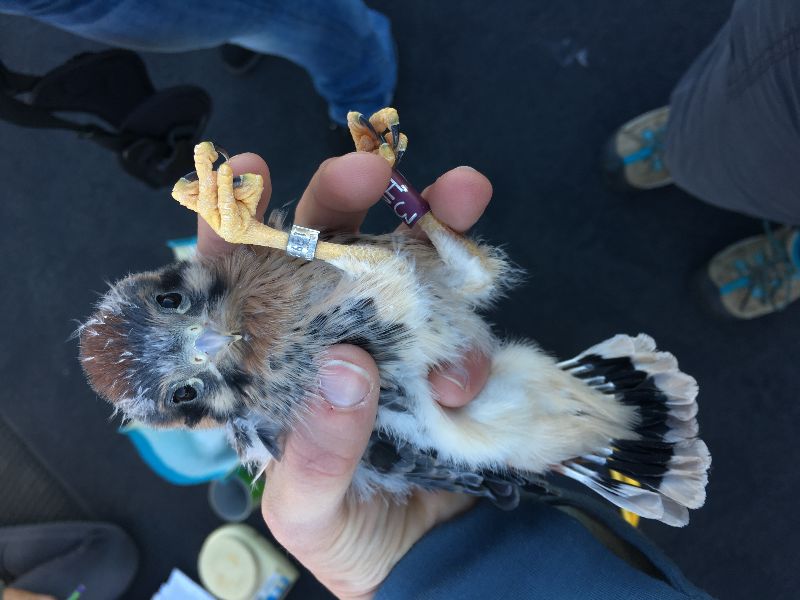
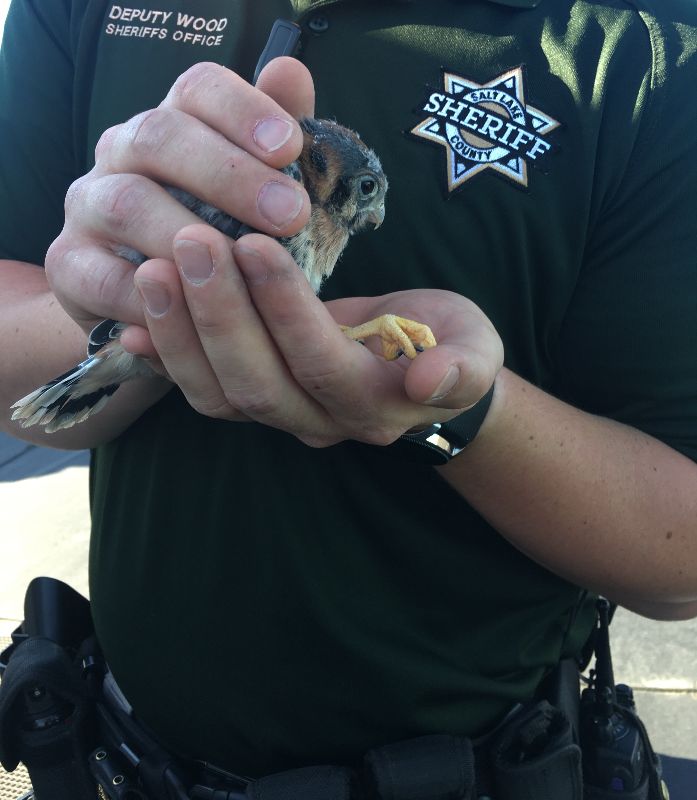
The kestrel, one of the most important and iconic North American birds of prey, is threatened by human activity, as dead trees that the bird favors for its nests are often destroyed as land is developed. To combat this problem, Hawkwatch International has created the American Kestrel Project, in which homeowners and business owners across the intermountain west install nest boxes to mimic tree cavities and report their data. Allison Anholt and Nalini Nadkarni with the Initiative to Bring Science Programs to the Incarcerated in Utah (INSPIRE) at the University of Utah collaborated with HawkWatch to bring this project the Salt Lake County Jail.
In 2016, inmates in the horticulture program at the Salt Lake County Jail built ten kestrel nest boxes and installed them at the Jail. Inmates monitor the nests and document the presence of kestrels. Allison, a wildlife biologist by training, states that kestrels are site fidelic, meaning that the birds return to the same site every year to nest. In 2019, a nesting couple claimed one of the boxes. A clutch of five chicks was hatched and fledged this summer. The parent birds should return to the boxes next year and in time their offspring and other kestrels will claim more of the nearby nesting boxes.
This project has contributed invaluable education for inmates as well as data on the nesting habits and population of kestrels. The boxes are easy to observe and maintain, providing inmates with a simple gateway to science. INSPIRE surveys revealed that inmates involved in the American Kestrel Project perceive science more positively after participating and begin to see themselves as scientists and science learners.
The kestrel boxes at the Salt Lake County Jails are uniquely situated, given the height of the buildings. The boxes are among the highest in the American Kestrel Project and provide important data for the nationwide program as one of the few urban sites. Their success is evidence that the birds can nest in more heavily populated areas.
The kestrel project at the Salt Lake County Jail is an example of successful citizen science. Allison recommends that any scientists looking to engage with citizen scientists should manage their expectations. Simplicity is key to engaging the public, but by investing effort into proper data management, effective communication, and organization, citizen science can be an indispensable resource for many research projects.
INSPIRE Recruiting Presenters
The Initiative to bring Science Programs to the Incarcerated in Utah (INSPIRE) and
the STEM Community Alliance Program (STEMCAP) are recruiting scientists for open lecture
spots in 2020.
INSPIRE and STEMCAP, launched in 2014 and 2017, respectively, work to connect scientists
in Utah with inmates at the Utah State Prison, Salt Lake County Jail, and various
juvenile detention facilities along the Wasatch Front. These regularly-occurring science
lectures and workshops expand the scientific understanding of incarcerated individuals,
and give participating scientists a rewarding public engagement of science experience.
INSPIRE and STEMCAP staff handle security clearances, materials preparation, and transportation. Past topics included neuroscience, electrochemistry, ecology, and more.
This commitment involves two one-hour meetings with program staff, and a three-hour time block for the presentation at the facility, including transportation and set-up time. All topics are welcome.
For more information about participating, please email Allison Anholt.
STEM Ambassadors in the News
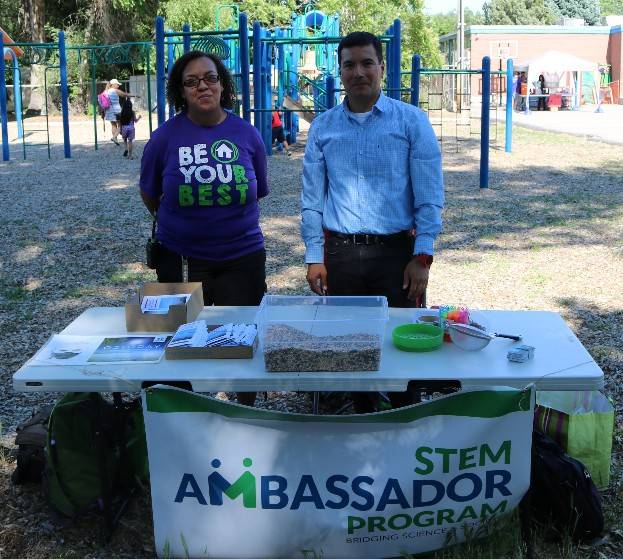
A number of STEM Ambassadors have been in the news for their research and public engagement work recently!
Kathleen Ritterbush spoke with Science Friday in June about her paleontology research and the organisms that once lived in Earth’s ancient seas.
Julia McGonigle sat down with local NPR affiliate KUER in August to discuss how studying organisms that live in extreme environments on Earth can inform the search for life on other planets.
Kendall FitzGerald was in the University of Utah news bulletin @TheU after participating in a Catalyzing Advocacy for Science and Engineering (CASE) workshop, hosted by the American Association for the Advancement of Science (AAAS) in Washington, DC. The workshop focused on science communication and policy.
Daniel Mendoza’s research on air quality and the impacts of mass transit was featured on the front page of the Salt Lake Tribune in August, highlighting the ways Utah’s mass transit system has helped cut emissions and the ways the Utah Transit Authority can further improve efficiency.
STEMAP Training in San Diego
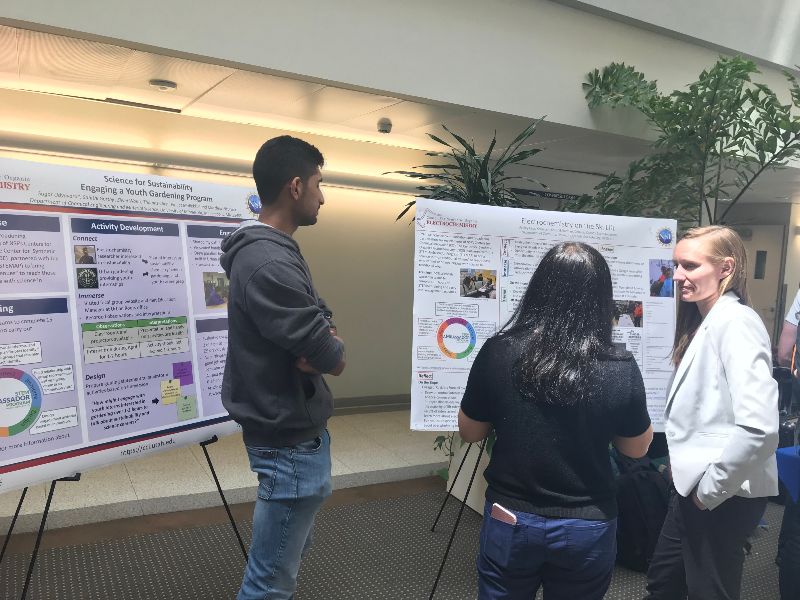
Over the last year, STEMAP has supported the Center for Synthetic Organic Electrochemistry (CSOE) in carrying out public engagement activities. CSOE is funded under the National Science Foundation’s Centers for Chemical Innovation Program (CCI), which prioritizes projects that, “integrate research, innovation, education, broadening participation, and informal science communication.” CSOE partnered with STEMAP to fulfill CCI education and public engagement priorities.
Through this partnership, CSOE scientists received STEMAP training and carried out engagement activities at senior centers, ski resorts, and a nonprofit organization. This culminated in a gathering at the Scripps Research Institute in San Diego, which coincided with the annual meeting for the American Chemical Society. During the gathering, CSOE scientists presented posters describing their engagement activities and outcomes. The poster session was followed by a STEMAP summary workshop, which introduced participants to the STEMAP approach to public engagement. Nalini Nadkarni (STEMAP Director) and Caitlin Weber (STEMAP Program Manager) shared strategies to help scientists integrate their research, personal interests, skills, and experiences to brainstorm innovative engagement activities to ensure their research has broader impacts extending beyond the academic community.
STEMAP appreciates the opportunity to collaborate with CSOE and plans to continue developing resources to support researchers seeking to integrate public engagement activities into their research proposals!
New Barbie Collaboration Features Women in Science
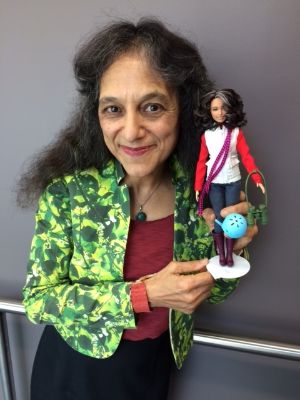
STEMAP Director Nalini Nadkarni recently was honored by Mattel and National Geographic with a unique “Nalini Barbie,” after working with the partnership to help create a line of scientist-oriented dolls now available for purchase.
After first developing “TreeTop Barbie” as a public engagement of science project more than fifteen years ago, Nalini was invited by National Geographic to consult on the new line of dolls.
Ambassadors at Homeschool Camporee

Ambassadors Anna Vickrey, JJ Horns, and Shrinivasan Raghuraman volunteered at this year’s Camporee at Camp Tracy for homeschooled students, bringing activities about genetics and neuroscience to the forty attendees. Thank you to Georgia Smith of Learning for Life for organizing this fun event!
STEMAP Intern Reflections
This summer, two interns with the Center for Science and Math Education (CSME) assisted STEMAP with a project sponsored by the Center for Advancing Research Impacts in Society (ARIS). Read about the experiences of STEMAP’s CSME interns below!
STEMAP Internship Reflection by Kassidy Burnside
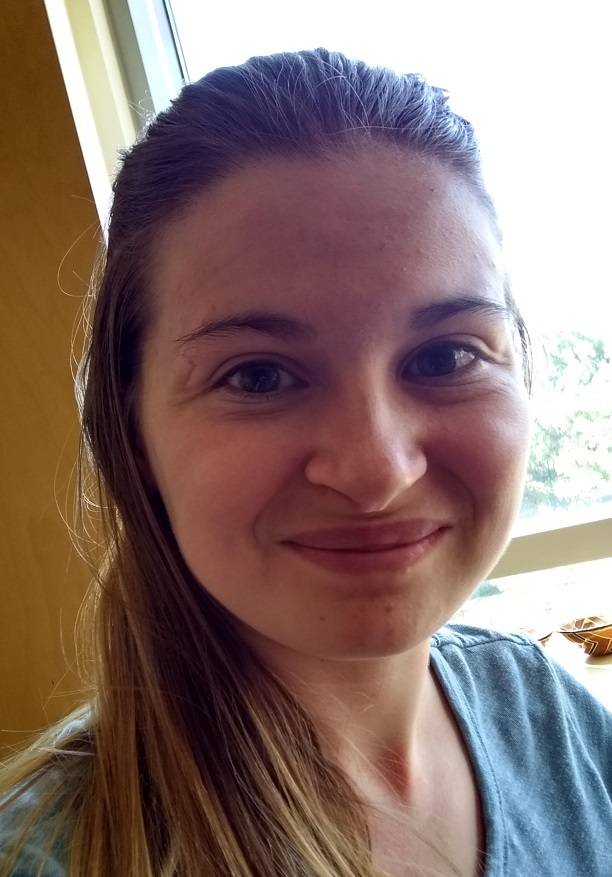
Over the summer, I had the opportunity to intern for the STEM Ambassador Program (STEMAP) at the University of Utah. Most of what I did revolved around a literature review on the state of public engagement and how it is communicated to other scientists. With Katherine, another intern, I read, analyzed, and categorized hundreds of journal papers, editorials, reviews, and letters from the past twenty years to study the trends of the publication of public engagement in the literature. We built and refined the categorization system along the way, which meant for several restarts in the beginning, but despite the occasional tediousness it was an eye-opening project.
This internship helped shape helped shape my future career. Without this experience I wouldn’t have gained an appreciation for the importance of public engagement so early in my education. For example, on my first day in the position, I attended a high school graduation ceremony at Decker Lake Youth Center with the rest of STEMAP. In their speeches, the students expressed their appreciation for the educational programs brought to the long-term care facility. Another project I worked on was writing an article for the STEMAP newsletter on the kestrel box project the INSPIRE program is running at the Salt Lake County Jail, allowing inmates to contribute to research about kestrel populations and nesting behavior. From these examples, I’ve seen the ways in which engagement bridges the gap between science and society and can make anyone a science learner. This experience has motivated me to make public engagement a large part of my career and I’m grateful to STEMAP for giving me the opportunity.
STEMAP Internship Reflection by Katherine Somers
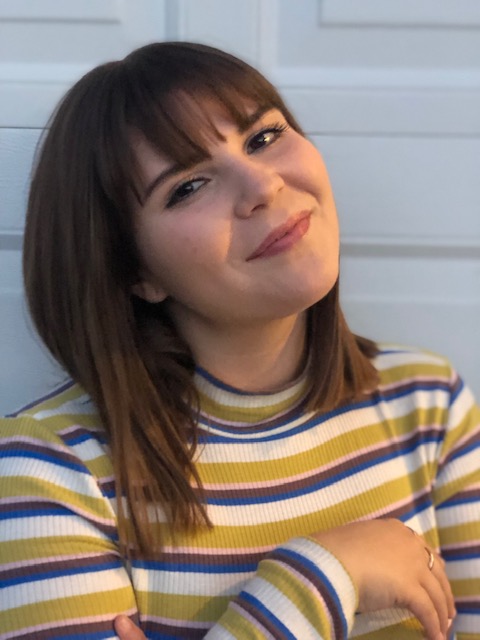
Working with the STEMAP team this past summer has been such an amazing experience for me. I got the opportunity to learn new skills and meet some truly amazing people. Kassidy and I both worked really hard to assist with the ARIS project that the lab is currently working on. This meant reading and rereading abstracts and coding them based on the information given in the abstracts.
This process seemed quite tedious at times, but after seeing some preliminary results it made all the hard work worth it. Along with this project we both had the opportunity to write articles in this issue of the newsletter. I had never written any type of “news” article previous to this, and so navigating my way through it was daunting at first but ended up being a great learning experience. Overall I have really enjoyed the time that I had as an intern for the STEM Ambassador Program.
STEMAP Ambassador Reflections
We are thrilled to feature David Belnap’s reflection on his work with the Institute of Religion in this issue!
Contact Megan Young at m.m.young@utah.edu if you are a STEMAP graduate and would like to share your work in the newsletter!
David Belnap at the Institute of Religion
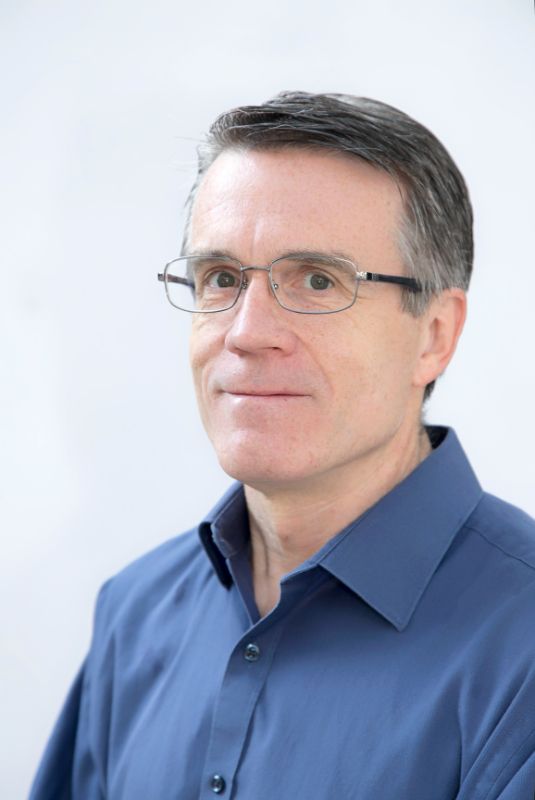
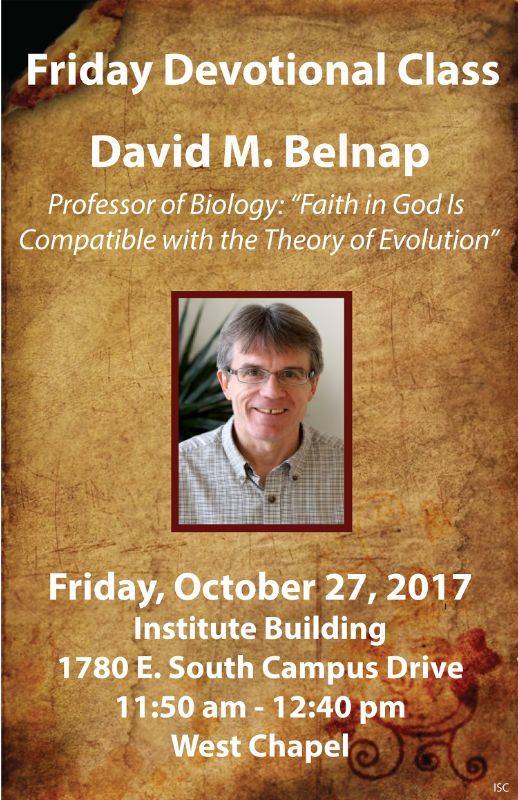
For a long time, a perceived conflict has existed between scientific and religious ways of knowing, particularly between creation and evolution. As a scientist who accepts the theory of evolution and as a member of the Church of Jesus Christ of Latter-day Saints who believes God created the earth, I have struggled with interweaving these multiple ways of knowing.
Many years ago, I read an article in Nature (406:974-977) where the authors used the evolutionary process to make machines that could crawl across a surface. I had the thought that if humans can use evolution to make things, then certainly a super-intelligent being could have used evolution to make and maintain life on earth. (Other engineers and scientists are using evolution in productive ways. For example, this was the principle honored with the 2018 Nobel Prizes in Chemistry.) This simple concept counters the idea that evolution proves atheism and provides an avenue for believers in God to accept science without giving up their faith.
I presented this idea and discussed intersections between science and religion twice, on 27 October 2017 and 22 March 2019, to audiences at the Institute of Religion of the Church of Jesus Christ of Latter-day Saints. I was part of a Friday devotional held throughout the school year where invited guest speakers give presentations. I gave a talk with slides for about 30-35 minutes and then had 10-15 minutes for questions. This forum is a regularly scheduled class but is also open to the public. The audience was mostly university students with a few faculty from the Institute. I estimate 150-200 people attended the first presentation and 50-80 attended the second presentation.
The sessions were well received by Institute students and faculty. I say this for two reasons: 1) the audience asked good questions related to science-religion issues (I always feel good if I get good questions after a talk) and 2) I was invited back to give a second talk and received positive feedback from my host following both sessions. From this experience, I learned that finding common ground and respecting different ways of knowing can help address perceived conflicts between science and religion.
About the Blog
Discussion channel for insightful chat about our events, news, and activities.
Categories
Featured Posts
Tag Cloud
- UoG (2)
- Guam (2)
- ethnobotany (1)
- environmental policy (1)
- student immersion (1)
- engineering (1)
- Virgin Islands (1)
- USVI (2)
- lionfish (1)
- children's home (1)
- conservation (1)
- marine ecology (1)
- youth (1)
- sustainability (2)
- Utah (1)
- Arizona (1)
- Nevada (1)
- southwest (1)
- virtual (1)
- project management (1)
- training (1)
- naturalist (1)
- forest (1)
- ecosystem (1)
- Puerto Rico (1)
- Spanish (1)
- library (1)
- Huntington's (1)
- medical science (1)
- Emmanuel Ngwoke (1)
